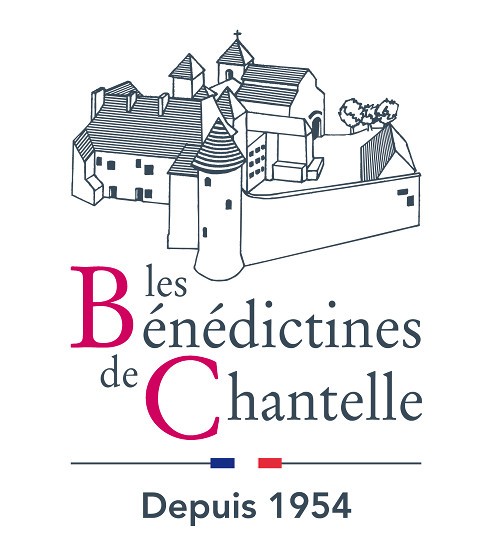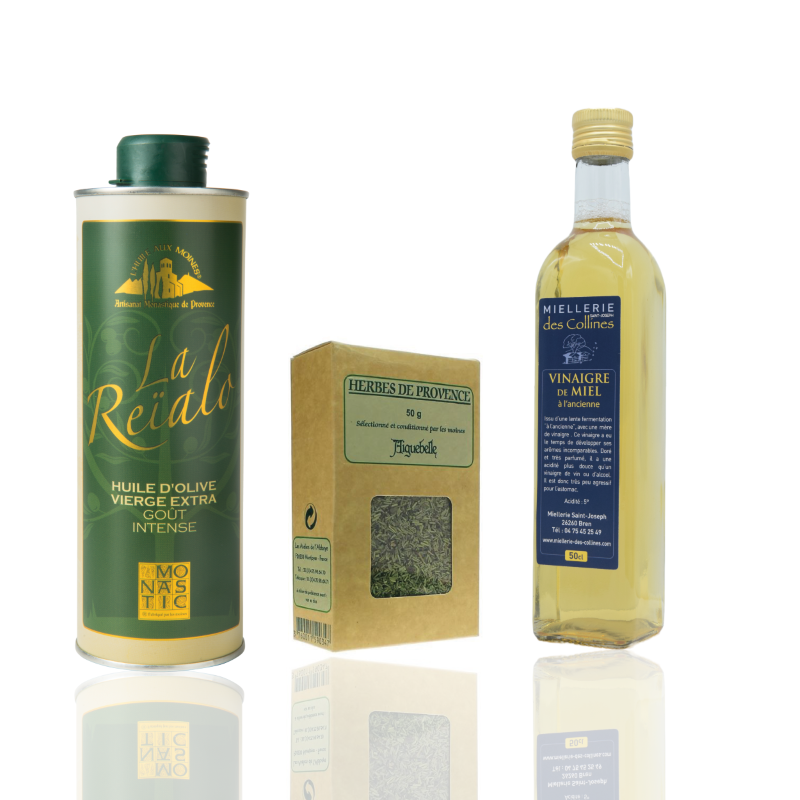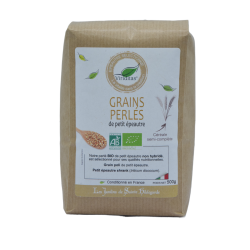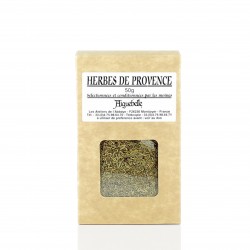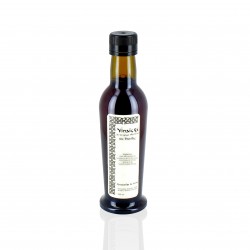
Organic wine vinegars with Basil or Fig - Abbaye de Solan
(7 reviews)
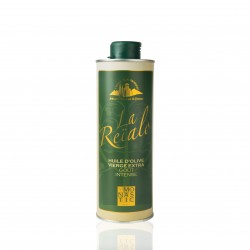
Reialo olive oil - Barroux Abbey
(15 reviews)
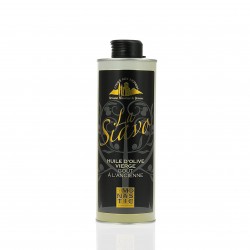
Extra virgin olive oil - La Siavo - Barroux Monastery
(12 reviews)
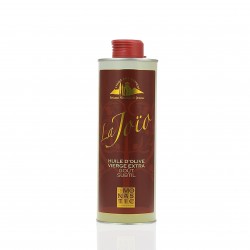
Joïo - Mature, sweet and tender olive oil
(12 reviews)
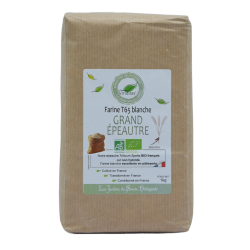
Organic Large Spelled Flour (T65) - Les jardins de St Hildegarde
(12 reviews)
